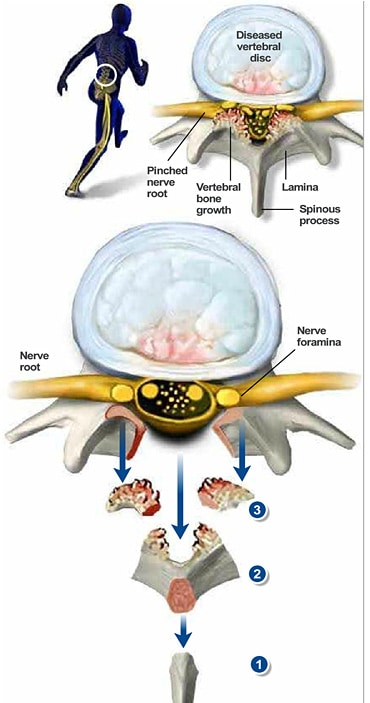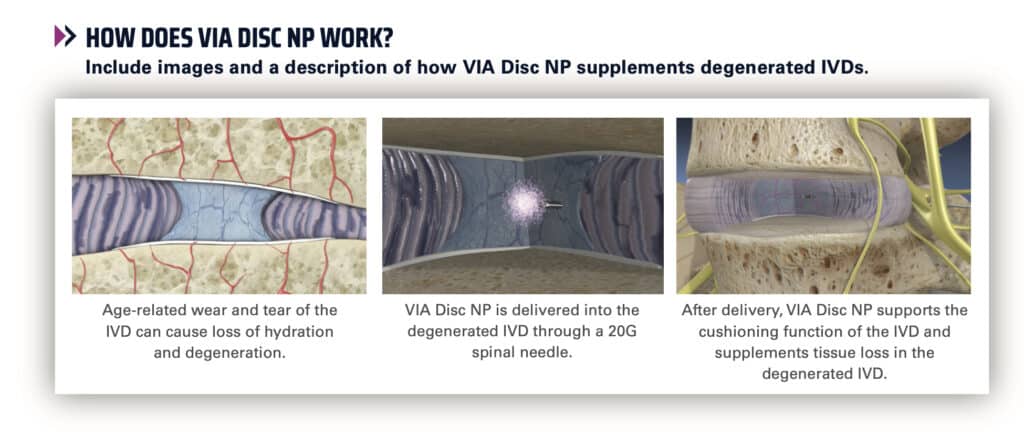Laminectomy
When pressure builds up in specific areas of your spinal column, it causes pain and other symptoms. Spinal stenosis, a narrowing of the spinal canal, is just one of the causes of this pressure. A herniated disc is another.
Laminectomy is a surgical procedure to remove the back portion of the vertebra called the lamina, which covers your spinal canal. A laminectomy also enlarges your spinal canal to relieve pressure on the spinal cord or root nerves. Laminectomy is most commonly performed on the lower back and in the neck.
Our surgeons recommend this surgery only when more conservative care — such as medication and physical therapy — have failed to relieve your symptoms. Laminectomy may be in order to treat significant and worsening symptoms.
OVERVIEW
Laminectomy is a procedure performed through an incision on the lower back. The surgeon removes a section of bone, called the lamina, from one or more vertebrae. This relieves pressure on the nerve roots often caused by spinal stenosis (a narrowing of the spinal canal). The procedure is detailed below. Talk to your surgeon about the risks and what to expect during your recovery.
 1. REMOVING THE SPINOUS PROCESS
1. REMOVING THE SPINOUS PROCESS
After identifying the affected vertebra, your board-certified surgeon removes the spinous process — the part of the vertebra that protrudes furthest from the back of your spine. These are the bones you feel when you touch the middle of your lower back. See illustration 1.
2. REMOVING THE LAMINA
The surgeon then removes the lamina, which is the portion of the vertebra that covers the nerve roots. As shown in illustration 2, removing the damaged lamina opens up the spinal canal, taking pressure off your nerves.
3. CLEARING BONE FRAGMENTS AWAY
Even after this procedure, there may still be some pinching within the area where the nerve root exits the spine (called the nerve foramina). To eliminate this issue, your surgeon inspects the site and clears away any bone fragments that are pressing on the nerve roots. See illustration 3.
4. RECOVERING FROM THE PROCEDURE
The surgeon closes the incision and bandages your wound. You return home to heal, where you might need help getting out of bed for a day or two. You can return to light activity anywhere from a few days to a few weeks. You can expect to be fully healed in two to four months.
SURGICAL PROCEDURES

